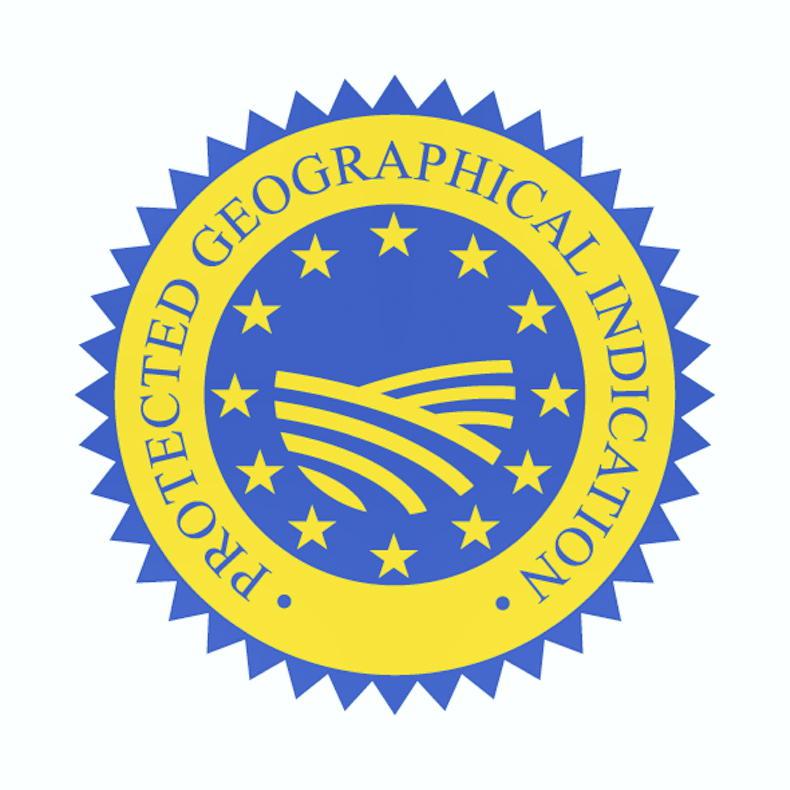When Minister for Agriculture Charlie McConalogue and the recently appointed Northern Ireland (NI) Assembly equivalent Andrew Muir met for the first time this week, it was to formally launch an island of Ireland initiative that has been 20 years in development.
Minister McConalogue could be said to have had home advantage with the launch outside Lifford in Co Donegal, and while just metres from Northern Ireland, Muir did have to travel across the North for his first public engagement with his southern counterpart.
What brought them together was to formally launch the Protected Geographical Indication (PGI) that was secured from the EU for Irish Grass-Fed Beef produced on the island of Ireland.
This initiative, which picked up pace during Edwin Poots' time as minister in NI, was a low-key island of Ireland initiative that avoided the hurdles that could have been presented by party politics.
Work starts now
Now that the formalities are over, farmers will discover what, if any, value a PGI for Irish beef has in the market place.

Andrew Muir MLA, recently appointed minister with responsibility for agriculture in Northern Ireland.
For now, only beef produced under the Bord Bia SBLAS scheme meets the grass-fed standard, as NI doesn’t yet have the standard in place. This won't make a material difference in the market place because of the strong position of NI beef has in UK retail supply chains carrying the UK Red Tractor branding. There is currently no better opportunity to sell NI beef elsewhere for more money.
Irish beef also participates in that same market space, though in lower volumes and also heavily discounted compared with the similar UK-produced beef.
Farmers south of the border are in more urgent need for market diversification into higher value markets in order to try to close the farmgate price gap with their counterparts in Britain, currently at 85c/kg.
Having a PGI for Irish beef won’t be a magic wand in the market place. It is most valued in Mediterranean countries, with half of all food and drink holding PGIs in Italy.

PGI status is not a magic wand but there is no downside either.
Unsurprisingly, this is the first target market for Bord Bia and will not involve huge volumes. Where the real value in having a PGI comes into play is that it allows levy money to be spent on its promotion. Otherwise, and as has been the case up to now, Bord Bia was restricted in how it could promote Irish beef.
Under state aid rules, it was prohibited from promoting its geographical or Irish identity and observers will have noted that all promotion was for the quality attributes of the product, not where it was from. From now, there is no issue promoting Irish Grass-Fed Beef because of its PGI status.
Others in the space
Securing a PGI for Irish Grass-Fed Beef has been a long time in gestation and it is two decades behind Scotland and Wales, which secured a PGI for both its beef and lamb. Also, in England, beef from the southwest region has had a PGI status since January 2014 for West Country beef and lamb.
It is difficult to quantify the financial benefit to farmers from these PGI designations. Scotch beef has enjoyed a premium relative to the rest of UK beef, even long before it secured a PGI and Welsh lamb has also enjoyed wide recognition across the UK and Europe.
As for West Country beef and lamb, it is difficult to establish what, if any, premium the PGI has delivered or indeed how active its promotion currently is.
Based on these examples, it doesn’t suggest that having a PGI for Irish Grass-Fed Beef will be “a get-rich-quick scheme” for Irish beef producers.
However, having the PGI in place will be an opportunity to begin the process of building a proper branded identity for Irish beef.
While our current main high value market is UK retail, there the product is blended with British beef and sold under the supermarket’s own label with no promotion of the Irish identity.
While the promotion campaign from the brand starts in Italy, it has to be hoped that it spreads across Europe and into the UK.
Irish whiskey is an established example of PGI branding that applies to the island of Ireland and is in demand globally and acknowledged internationally as a premium whiskey.
Irish beef has to have the ambition to build towards a similar level of recognition, making the necessary investment to do so. There may be no guarantees, but there is no downside either.
When Minister for Agriculture Charlie McConalogue and the recently appointed Northern Ireland (NI) Assembly equivalent Andrew Muir met for the first time this week, it was to formally launch an island of Ireland initiative that has been 20 years in development.
Minister McConalogue could be said to have had home advantage with the launch outside Lifford in Co Donegal, and while just metres from Northern Ireland, Muir did have to travel across the North for his first public engagement with his southern counterpart.
What brought them together was to formally launch the Protected Geographical Indication (PGI) that was secured from the EU for Irish Grass-Fed Beef produced on the island of Ireland.
This initiative, which picked up pace during Edwin Poots' time as minister in NI, was a low-key island of Ireland initiative that avoided the hurdles that could have been presented by party politics.
Work starts now
Now that the formalities are over, farmers will discover what, if any, value a PGI for Irish beef has in the market place.

Andrew Muir MLA, recently appointed minister with responsibility for agriculture in Northern Ireland.
For now, only beef produced under the Bord Bia SBLAS scheme meets the grass-fed standard, as NI doesn’t yet have the standard in place. This won't make a material difference in the market place because of the strong position of NI beef has in UK retail supply chains carrying the UK Red Tractor branding. There is currently no better opportunity to sell NI beef elsewhere for more money.
Irish beef also participates in that same market space, though in lower volumes and also heavily discounted compared with the similar UK-produced beef.
Farmers south of the border are in more urgent need for market diversification into higher value markets in order to try to close the farmgate price gap with their counterparts in Britain, currently at 85c/kg.
Having a PGI for Irish beef won’t be a magic wand in the market place. It is most valued in Mediterranean countries, with half of all food and drink holding PGIs in Italy.

PGI status is not a magic wand but there is no downside either.
Unsurprisingly, this is the first target market for Bord Bia and will not involve huge volumes. Where the real value in having a PGI comes into play is that it allows levy money to be spent on its promotion. Otherwise, and as has been the case up to now, Bord Bia was restricted in how it could promote Irish beef.
Under state aid rules, it was prohibited from promoting its geographical or Irish identity and observers will have noted that all promotion was for the quality attributes of the product, not where it was from. From now, there is no issue promoting Irish Grass-Fed Beef because of its PGI status.
Others in the space
Securing a PGI for Irish Grass-Fed Beef has been a long time in gestation and it is two decades behind Scotland and Wales, which secured a PGI for both its beef and lamb. Also, in England, beef from the southwest region has had a PGI status since January 2014 for West Country beef and lamb.
It is difficult to quantify the financial benefit to farmers from these PGI designations. Scotch beef has enjoyed a premium relative to the rest of UK beef, even long before it secured a PGI and Welsh lamb has also enjoyed wide recognition across the UK and Europe.
As for West Country beef and lamb, it is difficult to establish what, if any, premium the PGI has delivered or indeed how active its promotion currently is.
Based on these examples, it doesn’t suggest that having a PGI for Irish Grass-Fed Beef will be “a get-rich-quick scheme” for Irish beef producers.
However, having the PGI in place will be an opportunity to begin the process of building a proper branded identity for Irish beef.
While our current main high value market is UK retail, there the product is blended with British beef and sold under the supermarket’s own label with no promotion of the Irish identity.
While the promotion campaign from the brand starts in Italy, it has to be hoped that it spreads across Europe and into the UK.
Irish whiskey is an established example of PGI branding that applies to the island of Ireland and is in demand globally and acknowledged internationally as a premium whiskey.
Irish beef has to have the ambition to build towards a similar level of recognition, making the necessary investment to do so. There may be no guarantees, but there is no downside either.








 This is a subscriber-only article
This is a subscriber-only article










SHARING OPTIONS: